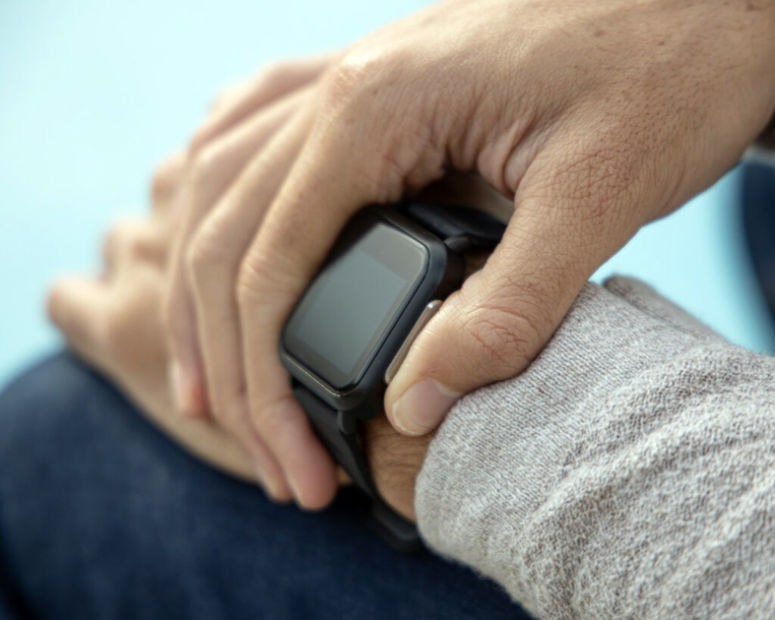Vagus adds breathing test to Apple Watch
- November 2, 2021
- Steve Rogerson

UK health AI company Vagus has launched a 30-second breathing test for Apple Watch to help users improve their breathing, which can reduce stress and anxiety.
Controlled breathing is a fast and well-known method to calm the autonomic nervous system.
The test enables users to see how they breathe. This feature is different from other apps, which only visually advise how to breathe. With Breathe ECG, users can see how they are doing and use a feedback loop to learn how to breathe better. Deep diaphragmatic breathing is more effective in reducing stress and anxiety than, for instance, paced shallow breathing.
The firm claims Breathe ECG is the first test to use a smartwatch to measure the exact breathing flow with an ECG recording. This app is based on eight years of scientific research in Cambridge, Palo Alto and Helsinki.
Many have tried to detect breathing from general ECG recording signals. This is called ECG derived breathing detection (EDR); however, scientists and doctors have not managed to find a way to extract breathing data reliably from these standard ECGs.
The secret behind Vagus is an electrical conduction effect initially explained by Daniel Brody in the 1950s. Since it is difficult to detect on normal chest-based ECGs, it has not been used in any practical applications.
Eight years ago, Gustaf Kranck discovered that this effect when recorded as a hand-to-hand ECG combined with controlled breathing and analytics could measure breathing. The signal in the Vagus ECG test is therefore a precise measurement of the movement of the diaphragm as the wearer breathes. These data let Vagus use a person’s breathing and breathing induced heart rate variability (HRV) as the key to their health.
Data gathered by smartwatch health apps are typically analysed on a user’s smartphone, but the Breathe ECG uploads it to the cloud for deeper analysis with its own AI tools. Results are sent back to the user’s watch and phone in under ten seconds. Vagus has already performed more than more than 25,000 user tests, and now says it has the world’s largest database of controlled-breathing ECGs.
“As our method had never been used before, we had to develop many new indices and parameters for interpreting the data,” said CEO Kranck. “For instance, the breathing and cardiac smoothness indices – RSS and CSS – are something nobody had done before, but they are especially useful in diagnostics and monitoring. Most of our indices are in the 0-100 format, where 0 is bad and 100 is great. We have more than 30 different kinds of health-related features. This exceeds anything done before with wearables or ECGs.”
Most premium smartwatches have ECG sensors. Apple has sold more than eighty million Apple Watches with ECG, but its use cases have been limited to traditional pulse measurement and the detection of atrial fibrillation. Apple has released a breathing measurement during sleep, but this is only an approximation of breathing calculated from arm movements of the sleeping person.




